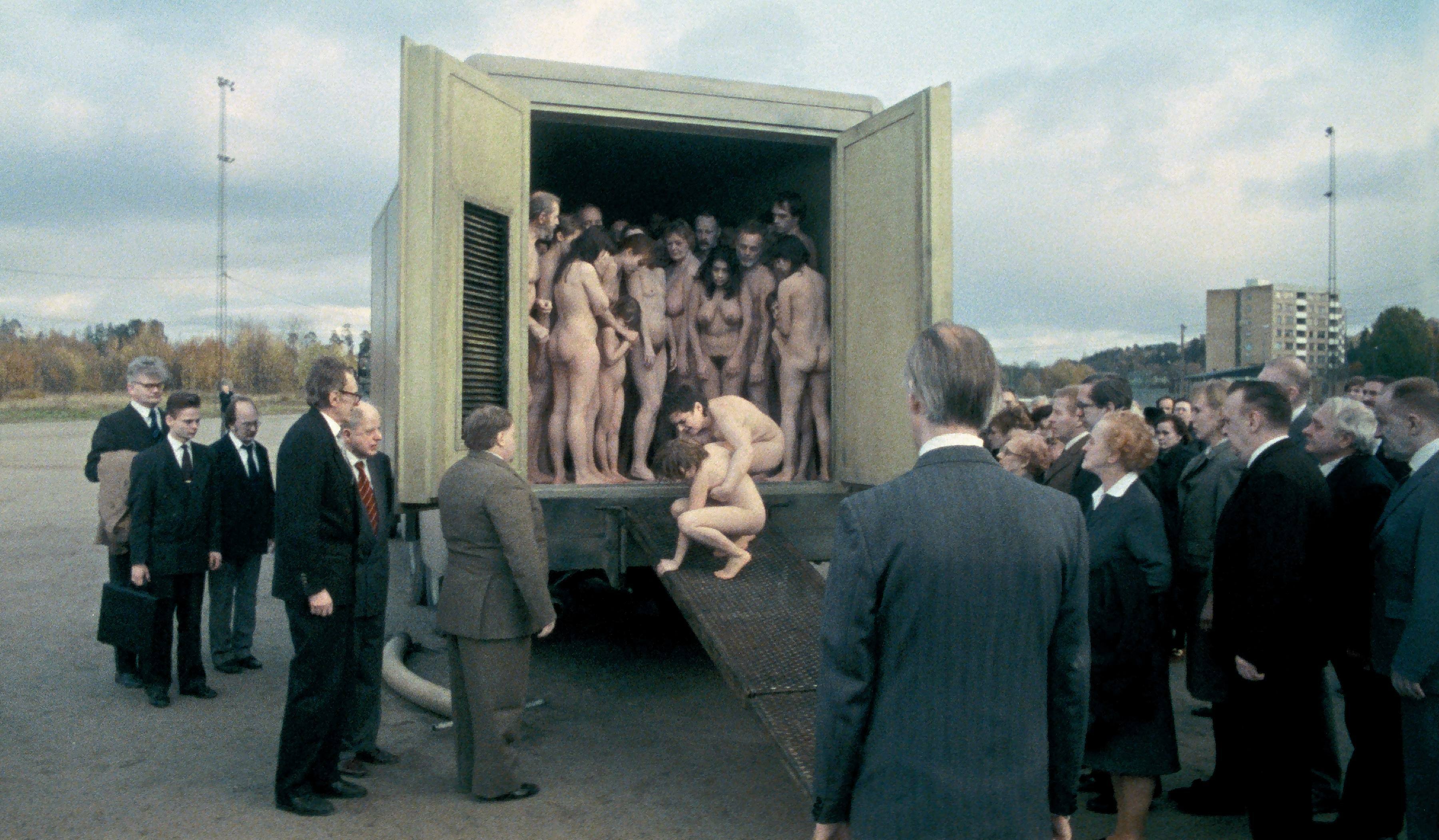Übergordnete Werke und Veranstaltungen
Structures of Violence
Personen
Media
Surveys reveal that criminality is frequently one of the most common aspects that trigger fear, even if statistics indicate a general decline in violent crime, particularly in Germany.1 People are less afraid of socially organized and legitimated violence, probably because most people believe that they can avoid it by means of appropriate good conduct or conformity. In fact this form of violence is more predictable. Yet there is no protection against a socially legitimated form of aggression. People who are exposed to it have scarcely a chance. This aspect is particularly volatile when viewed in the context of a broader interpretation of so-called structural violence that also incorporates non-physical forms of repression, for example discrimination, or poverty caused by society. According to this definition, most people on this planet are probably victims of structural violence.2 It is particularly important where it is not really possible to resist that one takes a closer look at which forms of fear are socially legitimated. The three films in this programme deal above all with the question of the way the mind perceives violence, and with cruelty, conscience and obedience.
Roy Andersson comes from Sweden, a country that is considered to be one of the most progressive in the world. However he obviously does not trust the social facade. Härlig är jorden – literally: “The world is beautiful” – is the title of a well-known Swedish hymn. However the film paints a picture of a gruesome society in wan, grey colours, as a series of motionless tableaux vivants. The opening sequence – and those who have seen it will hardly be able to forget it – shows the murder of naked people using truck exhaust fumes, a method that the National Socialists experimented with during the holocaust. However the setting does not appear historical. It is located in Sweden and the murderers (or the viewers respectively) are dressed in civilian clothes. Towards the end of the scene the main protagonist turns towards the cinema audience and in this way makes them mute accomplices in the crime. The filmHärlig är jorden was one of the main starting points for the festival theme Wide Eyes of Fear.
The documentary film Z punktu widzenia nocnego portiera (From a Night Porter’s Point of View) portraits the morally rigid views of a petit bourgeois whose notion of order and discipline extends to include a dreadful micro-cosmos of punishment concepts. He unheedingly shares his world view with the camera with no self-reflection whatsoever. Krzysztof Kieslowski did not consider his protagonist to be a malicious person but rather a blind follower of an ideology that prevailed in Poland in the 1970s. In order to protect this character – who later revised his views, also as a result of the film – Kieslowski even prevented the film from being shown from 1979 onwards. It was not shown again until after his death.
The US psychologist Stanley Milgram developed an experiment at the beginning of the 1960s, which had the main goal of explaining how completely “normal” Germans could be transformed into compliant mass murderers under National Socialism. In fact the number of people who for no reason at all were prepared to – seemingly – torture someone, was so high that the experiments had to be stopped to some extent in order to protect the test participants from the results, which were in retrospect quite shocking for them. The Milgram experiments became world-famous and shattered people’s self-perception long-term. In the film Abraham – ein Versuch (Abraham – an Experiment), the test series was repeated in 1970 in Germany. The scientific findings were essentially the same as these early Milgram experiments, only here they were filmed live. The result is a depressing document that is to some extent hard to bear, and it provides a unique insight into the “Banalität des Bösen” (banality of evil).3 The gloomy atmosphere of the film is emphasized by the fact that it is black-and-white, which is typical for the documentaries from the 1970s, and also the close, to some extent claustrophobic camera work. The title of the film refers to the inhuman test in the Bible, in which God commands Abraham to sacrifice his son.
Marcel Schwierin


